"There aren't a lot of old-school German/Austrian/Dutch hewers around here to ask lol...."
Ha! ...A good way of putting it.
...A good way of putting it.
As a matter of fact it's one of the minor puzzlements in the history of craft in America:No sooner that those G./A./D. hewers got here,that they threw away their goosewings,and picked up those Anglo-Saxon symmetrical hewing axes...Size of trees?...The crudity/temporary nature of building projects?Nobody knows,but historians back East,in the areas favored by Moravians,and other Germanic people,have long been puzzled by it...
Ha!
As a matter of fact it's one of the minor puzzlements in the history of craft in America:No sooner that those G./A./D. hewers got here,that they threw away their goosewings,and picked up those Anglo-Saxon symmetrical hewing axes...Size of trees?...The crudity/temporary nature of building projects?Nobody knows,but historians back East,in the areas favored by Moravians,and other Germanic people,have long been puzzled by it...

 Goose wing shavings
Goose wing shavings Goose wing shavings
Goose wing shavings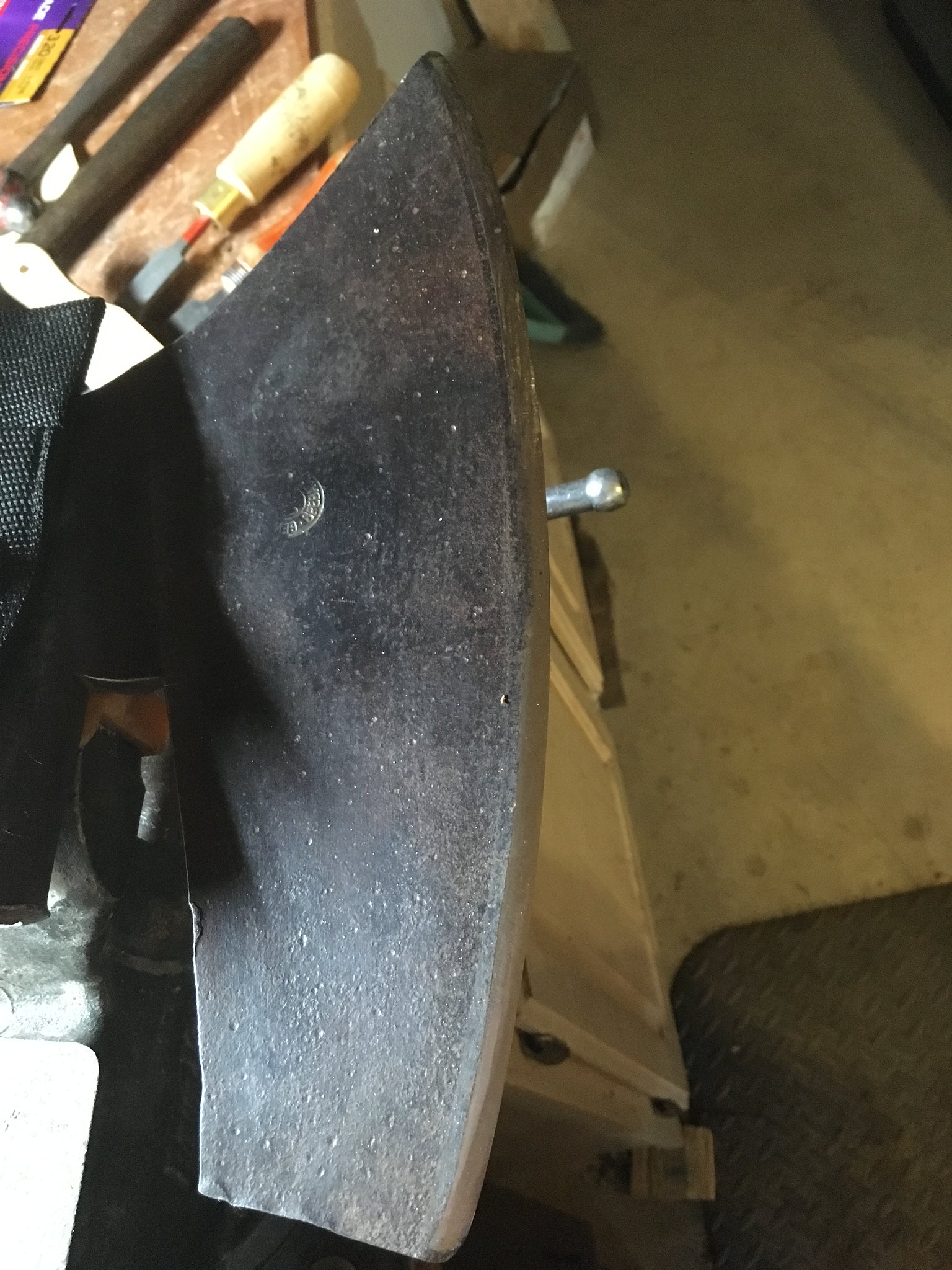 Goose wing shavings
Goose wing shavings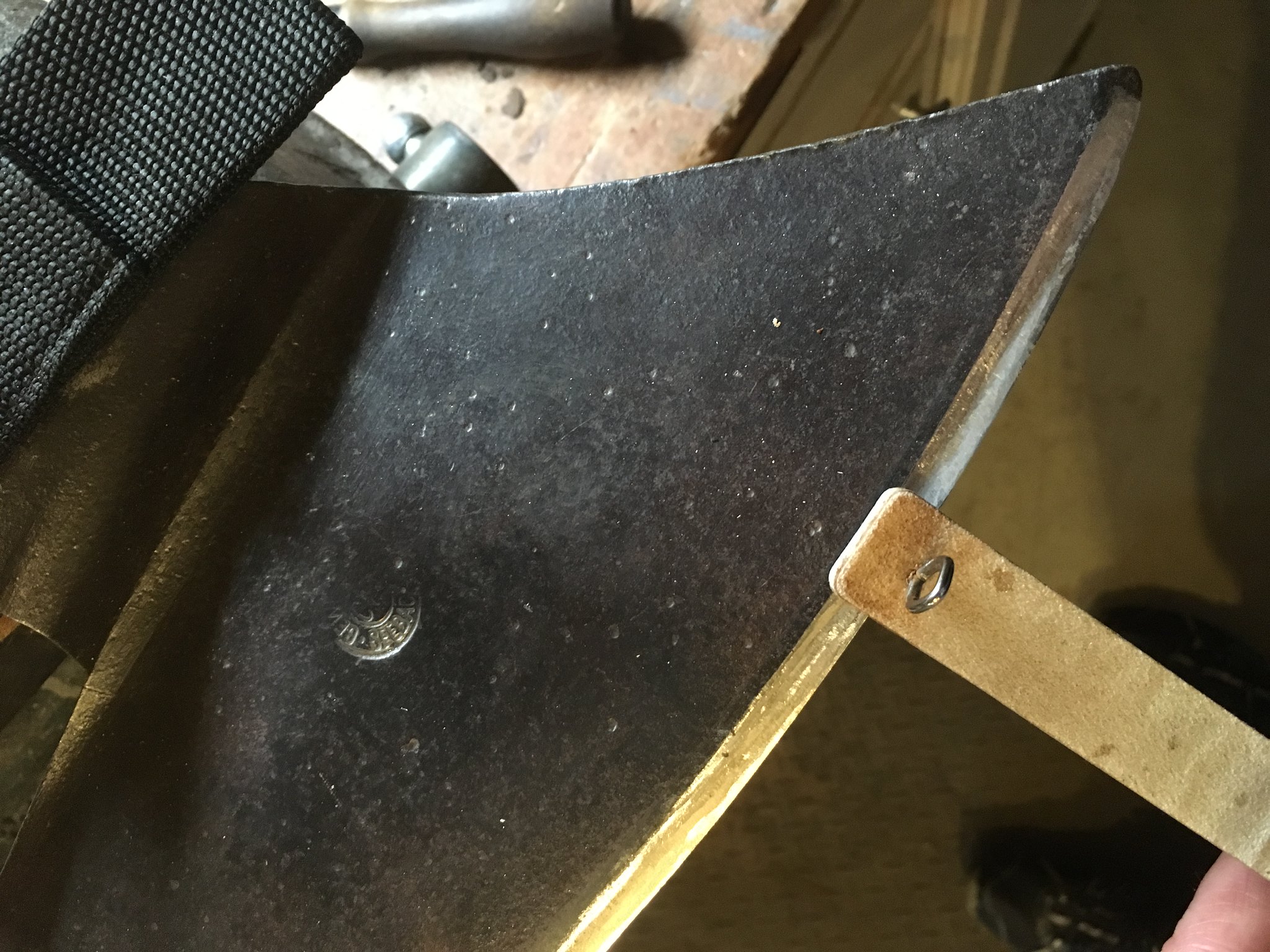 Goose wing shavings
Goose wing shavings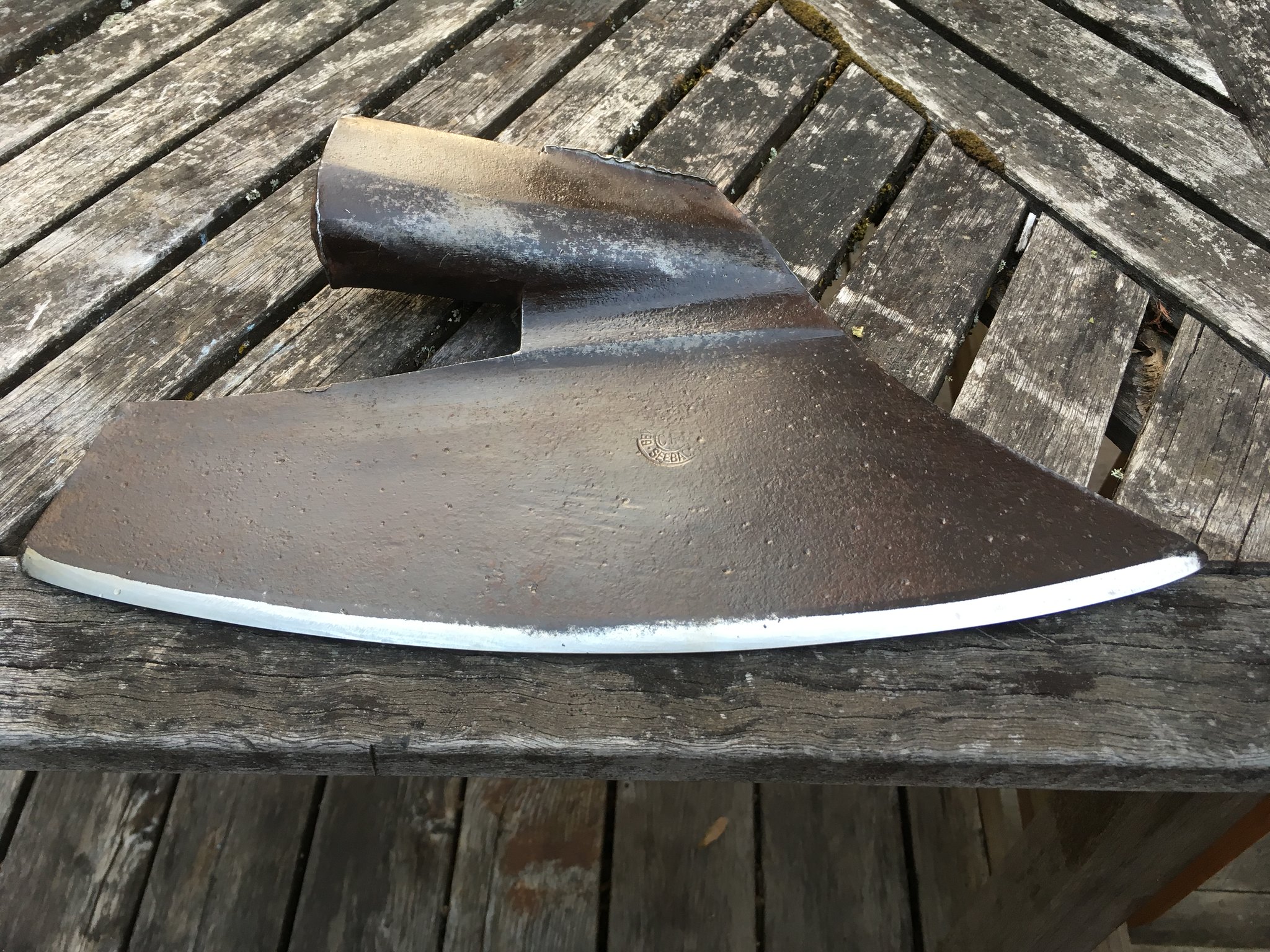 Goose wing shavings
Goose wing shavings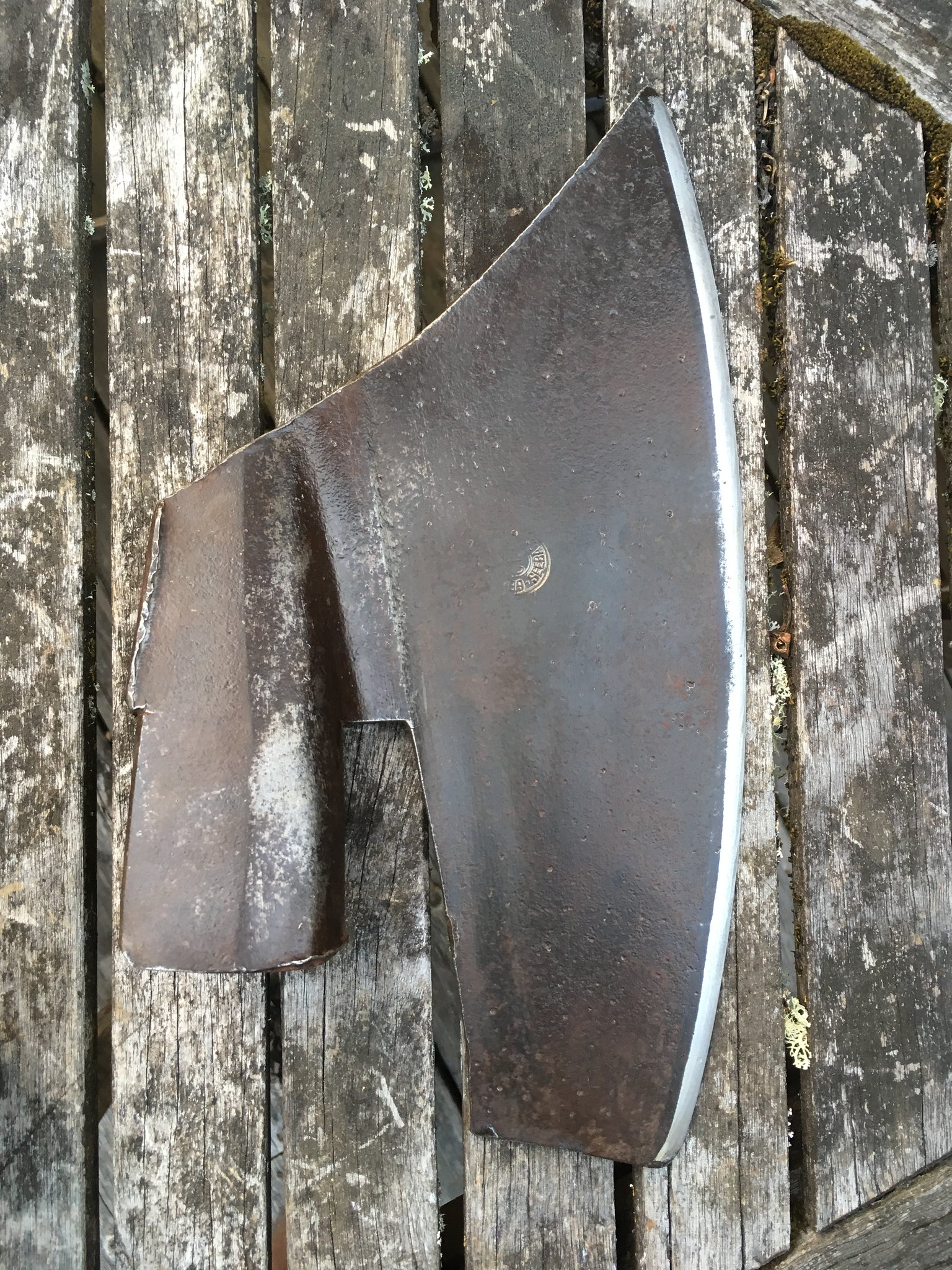 Goose wing shavings
Goose wing shavings

 Goose wing sharp
Goose wing sharp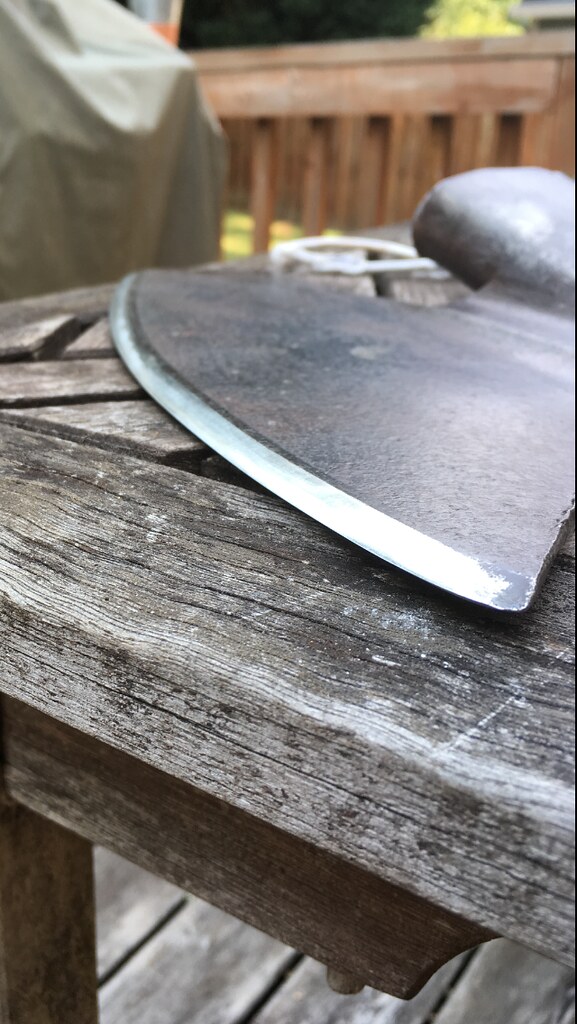
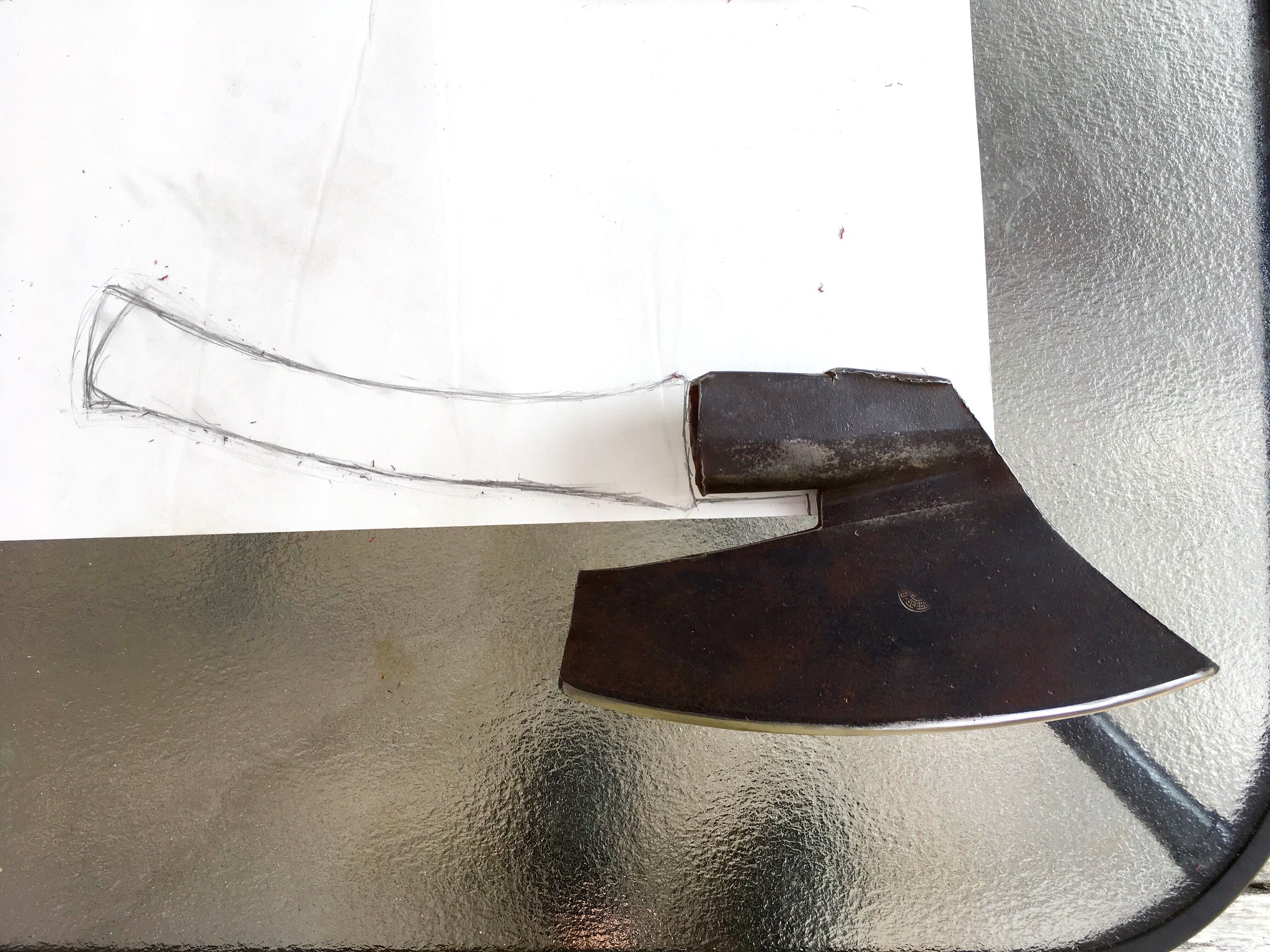 Goose Winger Handle
Goose Winger Handle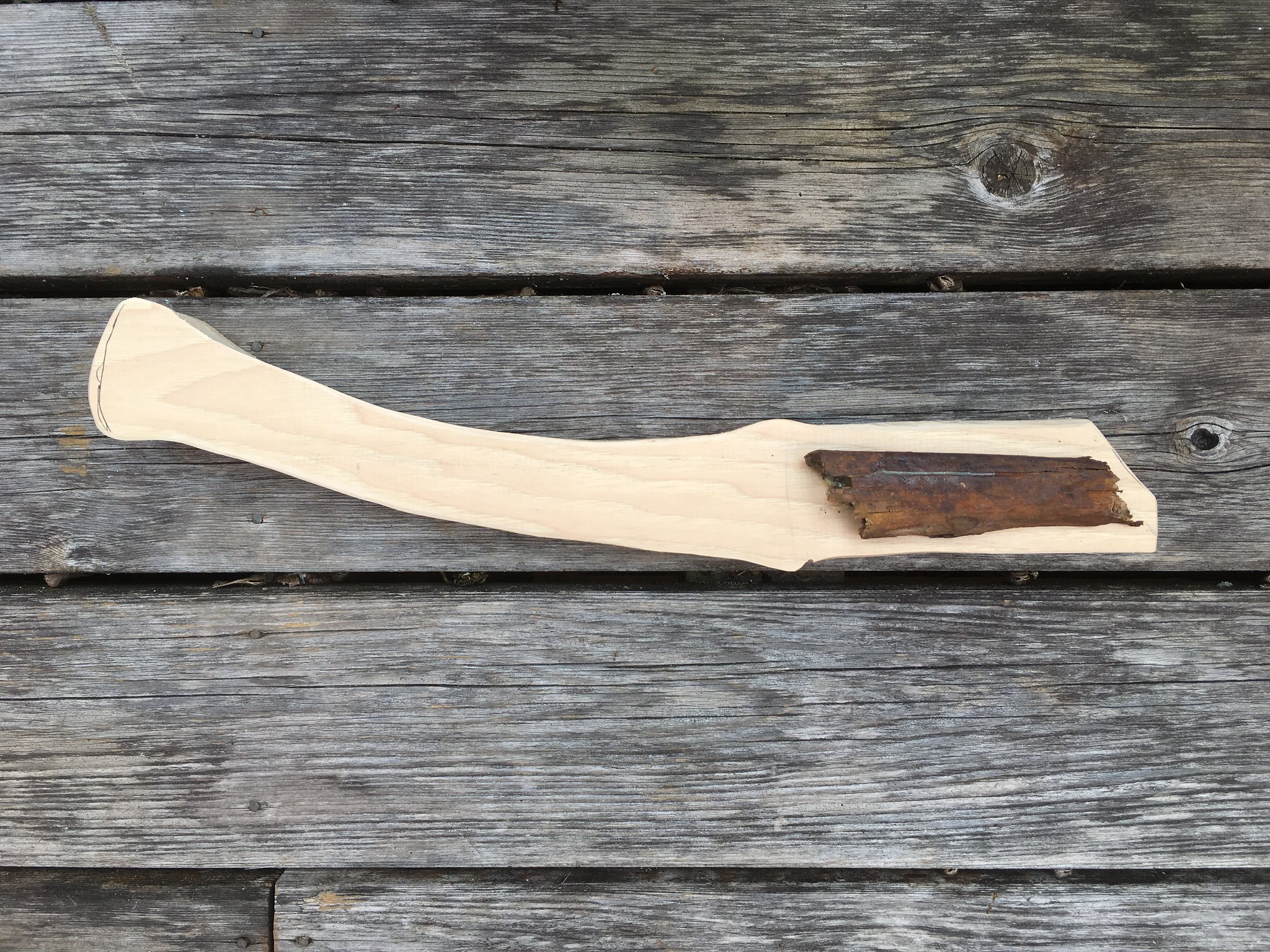 Goose Wing Handle
Goose Wing Handle